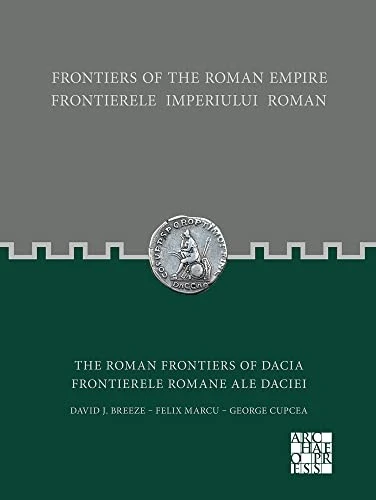
Frontiers of the Roman Empire: The Roman Frontiers of Dacia : Frontierele Imperiului Roman: Frontierele romane ale Daciei
(Author) David J. BreezeThe frontiers of the Roman empire together form the largest monument of one of the world's greatest states. They stretch for some 7,500km through 20 countries which encircle the Mediterranean Sea. The remains of these frontiers have been studied by visitors and later by archaeologists for several centuries. Many of the inscriptions and sculpture, weapons, pottery and artefacts created and used by the soldiers and civilians who lived on the frontier can be seen in museums. Equally evocative of the lost might of Rome are the physical remains of the frontiers themselves. The aim of this series of books is not only to inform the interested visitor about the history of the frontiers but to act as a guidebook as well. The province of Dacia had a relatively short life being abandoned due to economic and strategic reasons in the 260s. It was heavily militarized and therefore the role of the army was crucial in Its development and life. The Roman frontier In Dacia combined several elements, each relating to the landscape: there were riverain and mountain borders, some supplemented by linear barriers, and all connected by roads. Everywhere, the complex system of the border consisted primarily of a network of watchtowers, smaller or larger forts and artificial earthen ramparts or stone walls.
David J. Breeze
David J. Breeze is a renowned British archaeologist and author, best known for his work on Hadrian's Wall. His meticulous research and engaging writing style have brought ancient history to life for a wide audience. Breeze's contributions to literature have deepened our understanding of Roman Britain and its lasting impact.